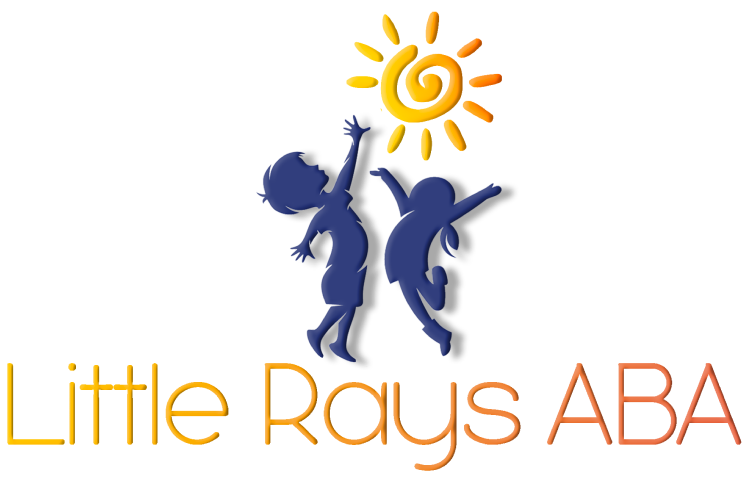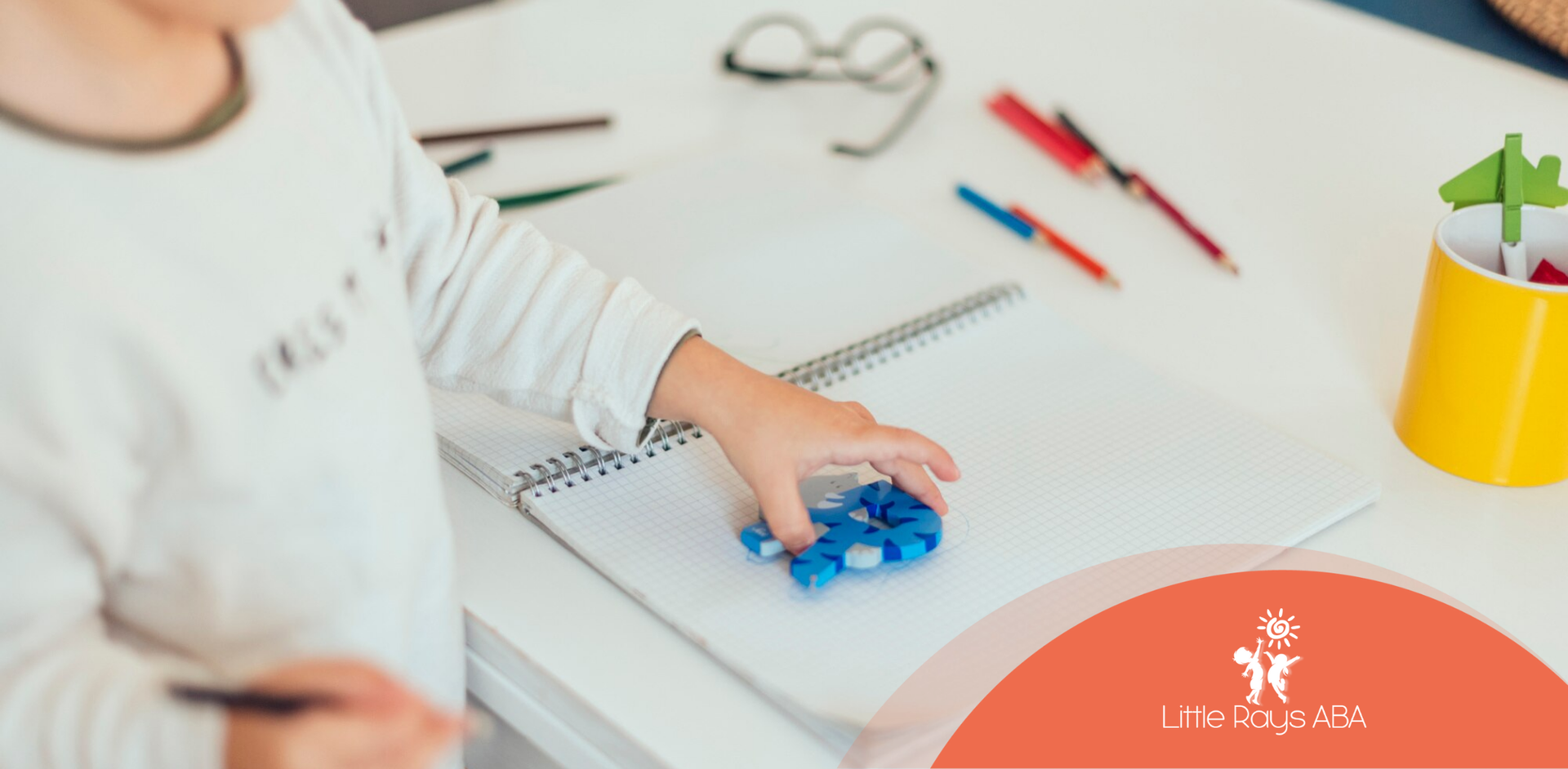Applied Behavior Analysis (ABA) therapy is known as a helpful way to assist people with Autism Spectrum Disorder (ASD). ABA therapy looks at how behavior works and uses that to enhance social skills, communication, daily living skills, and to lessen difficult behaviors. By focusing on how people learn, ABA therapy helps those with ASD to improve greatly and live happier lives.
Understanding ABA Therapy and its Importance
Applied Behavior Analysis (ABA) therapy is based on the science of learning and behavior. It provides a clear method to understand and change actions. ABA therapy uses the idea that people learn behaviors from their environment, and these actions can be adjusted through certain steps.
ABA therapy is especially helpful for people with Autism Spectrum Disorder (ASD). ABA therapists look at the behavior patterns of a person with ASD. They find specific behaviors to focus on and create personal plans to help improve those behaviors. The main aim of ABA therapy is to help people with ASD gain important skills for better communication, social interaction, and daily activities.
The Basics of Applied Behavior Analysis
At its core, applied behavior analysis (ABA) is about understanding how behavior connects with the environment. ABA therapists work to find what causes certain behaviors (antecedents) and what happens after those behaviors (consequences). By changing these factors, therapists can help increase good behaviors and lower unwanted ones.
A key idea in ABA is positive reinforcement. This means giving rewards or praise right after a desired behavior happens, which makes it more likely to happen again in the future. ABA therapists use different techniques, like discrete trial training (DTT), Natural Environment Training (NET), and Pivotal Response Training (PRT), to teach new skills and support positive behavior changes.
By watching, measuring, and analyzing behaviors closely, ABA therapists create personalized treatment plans just for each person. This careful and systematic method helps make sure that the interventions are both effective and based on data.
Why ABA Therapy is Essential for Autism Spectrum Disorders
ABA therapy is very important for helping people with Autism Spectrum Disorder (ASD). It focuses on teaching important skills in many areas. This leads to big improvements in social skills, communication, daily living skills, and academic work.
ABA therapy helps individuals confidently handle social situations. They can have meaningful conversations and build healthy relationships. Therapists work hard to break down complicated skills, like starting a conversation or understanding social cues. They make these skills into smaller, manageable steps that are easier to learn.
Additionally, ABA therapy helps develop key daily living skills. These include self-care, grooming, and household tasks. By encouraging independence in these areas, ABA therapy improves the overall quality of life for individuals and lessens their need for help from caregivers.
The 4 Learning Stages in ABA Therapy
ABA therapy moves through four key learning stages: acquisition, fluency, maintenance, and generalization. Each stage is important and calls for special strategies to support skill growth.
The first stage, acquisition, is about learning a new skill or behavior. The next stage, fluency, aims to boost how accurately and quickly the new skill is used. Then comes maintenance, where the goal is to keep the learned skills over time and use them in daily life. Finally, generalization is about using the skills in different environments and with different people.
Stage 1: Acquisition
The first stage of ABA therapy is called acquisition. This stage is where people start to learn a new skill or behavior. In this part, therapists use different techniques like modeling, prompting, and shaping to help the person understand what to do and learn the first steps.
Positive reinforcement is really important during acquisition because it helps the person repeat the target behavior. Therapists give rewards that match what the individual likes to motivate and praise the desired response.
Therapists also divide complex skills into smaller, manageable steps through task analysis. This way, learning feels easier. It helps the individual celebrate small successes, which builds their confidence and motivation.
Stage 2: Fluency
As a person starts to learn a new skill or behavior, ABA therapy moves into the second stage called fluency. Fluency is about more than just learning; it focuses on how fast and accurately a person can show the desired behavior. Therapists work to improve fluency so the skill feels more natural and easy for the individual.
To help achieve fluency, therapists use strategies like practice, timed exercises, and slowly making tasks harder. By practicing often in different situations, a person gets better and more confident in using the skill.
Fluency is crucial because it helps the individual remember and apply what they have learned over time. Building fluency means that the person can perform the behavior well without always needing help.
Stage 3: Maintenance
Once someone becomes fluent, ABA therapy focuses on maintenance. This stage is very important because it helps a person keep and use the skills they learned over time. Maintenance means consistently practicing these skills in different places. This helps prevent forgetting and encourages lasting change.
Therapists work closely with parents, caregivers, and educators. They help bring the skills into the person’s daily life and natural environment. The aim is to create chances for the individual to use their skills in real-life situations. This helps them become more independent and generalize their skills.
Regular follow-up sessions are planned to check on the person’s progress. During these meetings, therapists can make any needed changes to the treatment plan. Maintenance is an ongoing effort that needs constant support from therapists and the individual's support system.
Stage 4: Generalization
Generalization is the last step in ABA therapy. It focuses on helping people use the skills they learned in different places, with various people, and in different situations. This step is more than just doing the skill in a therapy room. It helps ensure that people can apply these skills in real life.
Therapists use different methods to help with generalization. They teach skills in various locations, like home, school, and community. They work with different people, such as family members, friends, and teachers. They also use different items or triggers. Therapists encourage practice in many situations and offer help as needed.
When someone successfully generalizes a skill, it shows that ABA therapy works well. It means the person has not just learned a new skill, but has also made it part of their daily life. This allows them to manage different areas of their lives with more confidence and independence.
Implementing ABA Techniques for Each Learning Stage
In ABA therapy, different techniques and strategies are used to help people learn and develop skills. An ABA program is made to fit each person's unique needs and goals. Continuous assessment and data collection let therapists change the program as needed. This helps them see how much progress is being made.
It’s important for therapists, parents, caregivers, and educators to work together. This teamwork ensures ABA techniques are used in various settings. It helps create a supportive environment for positive outcomes and better growth for each individual.
Techniques for Enhancing Acquisition
During the acquisition stage, therapists use helpful ABA techniques to teach new skills and behaviors. One common method is Discrete Trial Training (DTT). This technique breaks a skill into smaller, manageable steps. Each step is taught one at a time. DTT uses clear instructions, prompts, and positive reinforcement to encourage the desired behavior.
Another great technique is Natural Environment Training (NET). This method incorporates learning into everyday activities. NET takes advantage of naturally occurring situations and uses the child's interests to teach new skills. This way, learning feels more meaningful and easier to apply in different situations.
Here are some more techniques that help with acquisition:
- Prompting: Giving help or guidance to support the individual in performing the desired behavior.
- Modeling: Showing the target behavior so the individual can watch and copy it.
- Shaping: Gradually reinforcing steps toward the desired behavior, getting closer to the target skill.
Strategies to Achieve Fluency
After a person understands the new skill, therapists focus on helping them become fluent. Fluency is important because it helps a person use the skill correctly and quickly without pause or mistakes. Therapists use different ways to improve fluency and make the skill more automatic.
One method is to use play-based activities that the person enjoys. Learning through play creates a fun and encouraging space. It allows for practice and repetition while also helping to apply the skill in real-life situations.
Here are some strategies to help build fluency:
- Repetition and Practice: Giving plenty of chances for the individual to repeat the skill many times in a session.
- Time-Delayed Prompts: Slowly increasing the time gap between the instruction and the prompt to promote self-performance.
- Reinforcing Faster Responses: Offering more rewards for quicker and more correct answers.
Conclusion
In conclusion, it is important to understand the 4 learning stages in ABA therapy. This helps us support people with autism spectrum disorders better. Each stage, from acquisition to generalization, is key in shaping behavior and developing skills. By using specific ABA techniques at each stage, caregivers and therapists can improve learning results and encourage lasting progress. Embracing the principles of ABA therapy helps individuals with ASD thrive and reach their full potential. Let’s keep promoting inclusive practices and caring methods to support people with diverse needs.
At Little Rays ABA, we understand that ABA therapy is a journey, and we guide families through each of the four learning stages with expertise and compassion. Our experienced therapists are skilled in implementing individualized plans that seamlessly progress through acquisition, fluency, generalization, and maintenance. We believe in building a strong foundation at each stage, ensuring that skills are not only learned but also retained and applied across various environments. With Little Rays ABA, your child receives personalized support, empowering them to achieve lasting success and build a brighter future. We're dedicated to navigating these crucial stages alongside your family, illuminating the path to progress and independence.
Source:
https://www.autismspeaks.org/applied-behavior-analysis
https://www.allstaraba.org/blog/four-stages-of-learning-in-aba
https://www.autismspeaks.org/expert-opinion/what-discrete-trial-training
Unlock Your Child's Potential with Expert ABA Therapy!
At Little Rays ABA, we provide compassionate, evidence-based ABA therapy to help children with autism thrive. Our personalized approach fosters growth in communication, social skills, and independence.
Get In Touch With Us Today to Get Started With ABA Therapy!
Related Posts
MENU
GET IN TOUCH
7117 San Salvador Dr Boca Raton, FL 33433
3200 Collins Ave Miami Beach, FL 33140





